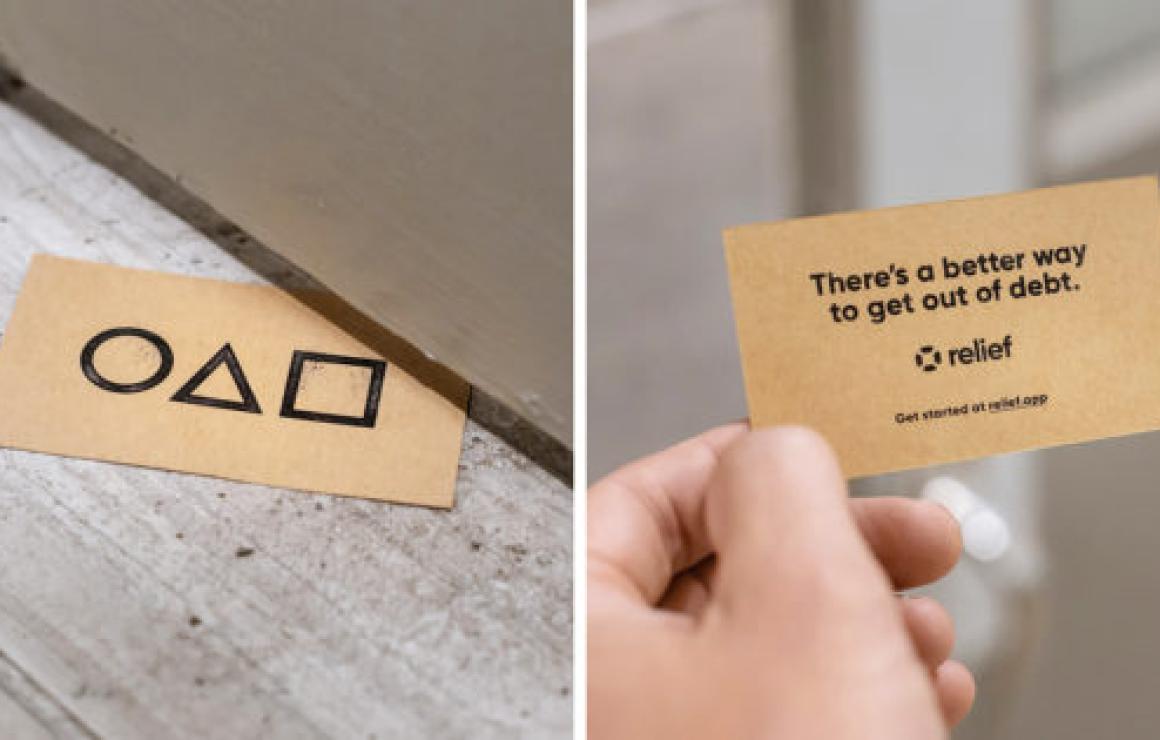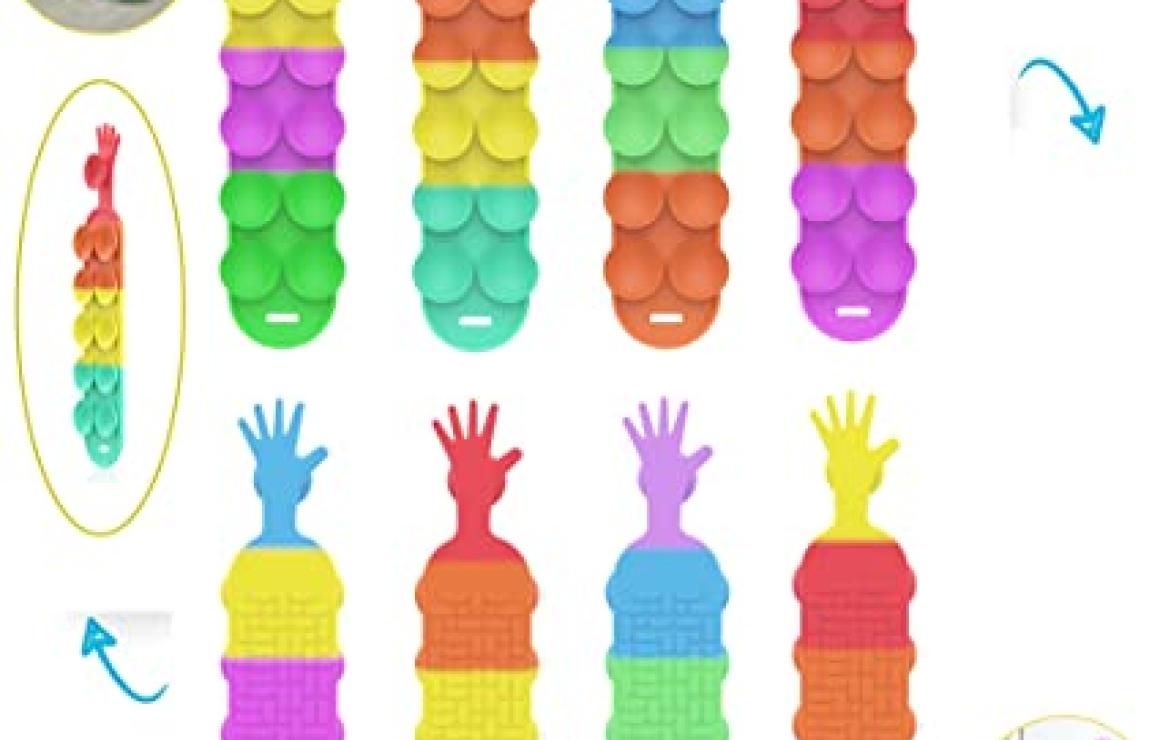The Squid Game is a customer support number for the company known as SQUID. The company provides customer support for a variety of products, including video games, software, and hardware. The company is headquartered in the United States.
Squid Game (SQUID) phone number.
Squid Game is available on the Verizon Wireless network.
To reach Squid Game, dial:
Verizon Wireless: 1-800-922-0204
T-Mobile USA: 1-800-622-9275
Sprint: 1-800-SPRINT1
Squid Game (SQUID) support.
SDL_image: Add support for loading PNG images as textures.
SDL_mixer: Add support for loading WAV and AIFF files as sound samples.
SDL_net: Add support for loading HTTP (Web) resources.
SDL_ttf: Add support for loading TrueType fonts.
SDL_gfx: Add support for loading PDF files as graphics.

Squid Game (SQUID) customer care.
If you have any questions or problems with your SQUID Game (SQUID) account, please don’t hesitate to contact customer care. Our team is always happy to help you out and resolve any issues you may have.
To get in touch with us, you can either use the contact form on our website or call us on 01273 648000. We will be more than happy to help you out and resolve any issues you may have with your account.

What is Squid Game (SQUID)?
Squid Game (SQUID) is a 2D platform game developed by Spanish studio Pixelberry and published by Playrix in 2006 for the Game Boy Advance. It was later ported to the Wii in 2008, and to the Nintendo 3DS in 2012.
The game takes place in a two-dimensional world where the player controls a small squid-like creature who must navigate through a series of obstacles and enemies to reach the end of the level. The player can jump and swim, and can use items such as bombs to destroy enemies or platforms.

Squid Game (SQUID) headquarters.
The Squid Game is a two-player abstract strategy board game for two players, invented by mathematician Alan Turing in 1951. The game is played on a square board with nine squares. The game is won by either player who can move all of their pieces to the opposite side of the board, and destroy all of the pieces of the opponent.
The game can be played with any number of players, and can be played in either clockwise or anti-clockwise direction.
The gameboard is divided into nine squares, each of which can hold one piece. The squares are numbered from 1 to 8, starting from the player's left. The player's pieces are black, and the opponent's pieces are white.
The game starts with the player to the left playing first. On their turn, they move one of their pieces on the board, either forwards, backwards, left or right, according to the rules given below.
If the piece moves into an enemy piece, the enemy piece is destroyed. If the piece moves into a neutral piece, the piece is moved to the square next to it.
The following rules apply to the game in general:
The player can only move one piece at a time, and cannot move into an enemy piece.
If the player has two or more pieces on the same square, they can either move them all at once, or choose which piece to move.
If the player has two or more pieces on the same square, and they move one of them, the other one(s) stays where they are.
If the player has two or more pieces on the same square, and they move one of them, the other one(s) goes to the square next to it.
If the player has two or more pieces on the same square, and they move one of them, the other one(s) goes to the square after it.
If the player has two or more pieces on the same square, and they move one of them, the other one(s) goes to the square before it.
If the player has two or more pieces on the same square, and they move one of them, both pieces go to the square next to it.
If the player has two or more pieces on the same square, and they move one of them, both pieces go to the square after it.
If the player has two or more pieces on the same square, and they move one of them, one piece goes to the square next to it, and the other goes to the square after it.
If the player has two or more pieces on the same square, and they move one of them, one piece goes to the square before it, and the other goes to the square where it was originally moved to.
If the player has two or more pieces on the same square, and they move one of them, both pieces go to the square where they were originally moved to.
If a piece moves into a space that is already occupied by another piece, that other piece is destroyed.
The game is over when either player has no more pieces left on the board, or when one player has destroyed all of the pieces of the other player.